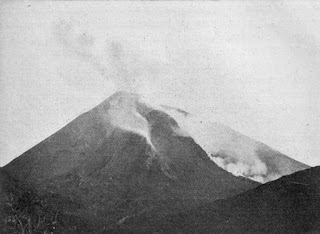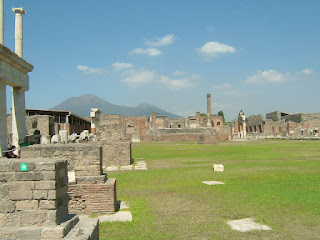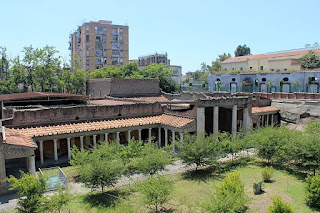Patty Pravo - pop singer of enduring fame
Venetian artist's career has spanned 50 years
The pop singer Patty Pravo was born Nicoletta Strambelli on this day in 1948. Her career spans more than 50 years since she took her first steps on the road to fame with the release of her first single, Ragazzo Triste. Pravo has recorded 27 albums and 52 singles, selling more than 110 million records, making her the third biggest selling Italian artist of all time. Her album, Eccomi, was released in February 2016 following her ninth appearance at the Sanremo Music Festival, and she promoted the album with a tour of Italy. Born in Venice, she grew up in an intellectual environment. Family friends included Cardinal Angelo Roncalli - the future Pope John XXIII - the actor Cesco Baseggio, the soprano Toti dal Monte and the American poet Ezra Pound, who lived in Venice and would take the young Nicoletta for walks and buy her ice cream. She would spend time too at the house of Peggy Guggenheim, the American socialite and art collector. Read more…
____________________________________
Gian Maria Volonté – actor
Brilliant talent who played ‘spaghetti western’ parts for fun
Gian Maria Volonté, recognised as one of the finest character actors Italy has produced, was born on this day in 1933 in Milan. Trained at the Silvio D’Amico National Academy of the Dramatic Arts in Rome, Volonté became famous outside Italy for playing the villain to Clint Eastwood’s hero in two movies in Sergio Leone’s western trilogy that were part of a genre dubbed the ‘spaghetti westerns’. However, he insisted he accepted the chance to appear in A Fistful of Dollars (1964) – in which he appeared under the pseudonym John Wells - and For a Few Dollars More (1964) simply to earn some money and did not regard the parts of Ramon and El Indio as serious. In Italy, it was for the much heavier roles given to him by respected directors such as Elio Petri and Francesco Rosi that he won huge critical acclaim. A person known for a tempestuous private life, he was very strong playing complex and neurotic characters, while his left-wing political leanings attracted him to roles in which he had to portray individuals from real life. He was a particular favourite of Rosi, the neorealist director who directed him in five movies. Read more…
___________________________________
Treaty of Lodi
When the battles stopped (briefly) in northern Italy
The Treaty of Lodi, which brought peace between rival states in the north of Italy for 40 years, was signed on this day in 1454 at Lodi in Lombardy. Also known as the Peace of Lodi, it established a balance of power among Venice, Milan, Naples, Florence and the Papal States. Venice had been faced with a threat to its commercial empire from the Ottoman Turks and was eager for peace and Francesco Sforza, who had been proclaimed Duke by the people of Milan, was also keen for an end to the costly battles. By the terms of the peace, Sforza was recognised as ruler of Milan and Venice regained its territory in northern Italy, including Bergamo and Brescia in Lombardy. The treaty was signed at the Convent of San Domenico in Via Tito Fanfulla in Lodi, where a plaque today marks the building, no longer a convent. Milan’s allies, Florence, Mantua and Genoa, and Venice’s allies, Naples, Savoy and Montferrat, had no choice but to agree. A 25-year mutual defensive pact was agreed to maintain existing boundaries and an Italian league, Lega Italica, was set up. The states promised to defend one another in the event of an attack. Read more…
Booking.com.jpg)


%20(2).jpg)



_(14770663784).jpg)
%20(1).jpg)

.jpg)

_(14770663784).jpg)


